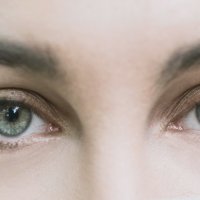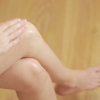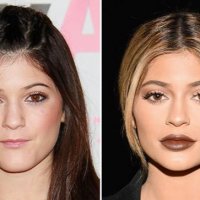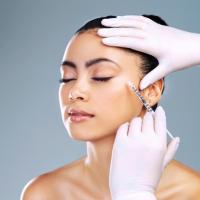PRP Treatment for Hair Regrowth: What I Need to Know
PRP (Platelet Rich Plasma) is a non-surgical hair treatment. The platelets are derived from the patients own blood. This treatment can be performed in about an hour. When you visit a hair restoration physician with hair loss problems, then he or she may take a physical exam of the scalp and perform some tests. Your complete medical history is taken which includes family history, diet routine, current medication, hair care schedule and hair loss situation. Physical examination of the scalp involves evaluation of the signs of hair loss and any concurrent problem. Hair mass is measured by a hair check cross sectional trichometry. Scalp biopsy and blood tests can also be performed.
PRP is an in-office and non-surgical treatment. In recent years, Medical Spas have undertaken PRP treatmentsas one of their key product offerings. In fact, in areas like New York City and Los Angeles (which represent a bulk of the US med-spa market) these plasma procedures have replaced almost all conventional hair growth tecniques. Usually it takes an hour to perform a PRP treatment. PRP is an autologous therapy which means the fluid is derived from the person’s own body. It then goes through a scientific process and is prepared to be injected into the affected area of scalp. Our blood has different components such as red blood cells, white blood cells, plasma and platelets. Platelets have the capability of healing wounds. Plasma acts as a medium that carries platelets.
Growth Factors Present in PRP:
PRP also contains following growth factors which increases its power of healing.
-
PDGF (Platelet-derived growth factor)
-
VEGF (vascular endothelial growth factor)
-
FGF (fibroblast growth factor)
-
EGF (epithelial growth factor)
-
TGF (transforming growth factor)
How Do PRP Hair Regrowth Treatments Work?
The doctor first determines and evaluates whether the person is suitable for PRP therapy or not. It is beneficial for those who have thinning hair problems but not complete baldness. Therapy begins with 60 ml of blood derived from the patient’s vein and is stored in a centrifuge. The sample of blood is subjected to high speed spinning for a maximum of 15 minutes and the blood is separated into its components (red blood cells, white blood cells and platelets). The PRP is now formed. The scalp is prepared for PRP by applying local anesthesia for a 100% painless procedure. Then, a micro-needle roller device is used to create punctures. Now, either the PRP is injected or sprayed over the prepared area. At the end a low level laser therapy is performed.
Results of PRP Hair Regrowth Therapy:
Usually it takes 6 to 12 months to visually see the results in the mirror. After every three months the measurements are taken to trace the improvements. Hair Mask Index or HMI is the unit for measuring quality and amount of hair growth on the scalp. When HMI declines the next PRP therapy session is planned.
Benefits of PRP for Hair Regrowth:
-
PRP is a comfortable and non-surgical treatment which takes 60 minutes to perform.
-
Its recovery period is very quick. Any swelling or inflammation if occurs only takes one or two days to recover.
-
This treatment gives safe, reliable and natural looking end results. In trend setting areas like NYC, it has became the “Go-To” treatment for many hair resoration doctors.
-
The PRP injection hair loss therapy is a very advanced technique for hair regrowth.
More to Read:
Previous Posts:
Next Posts:






